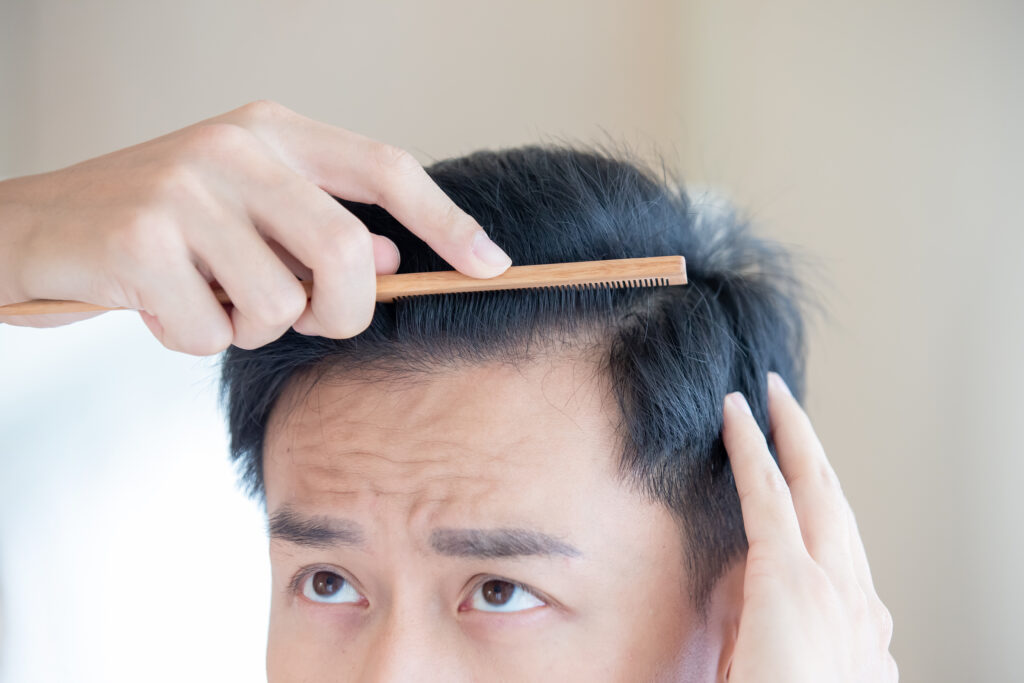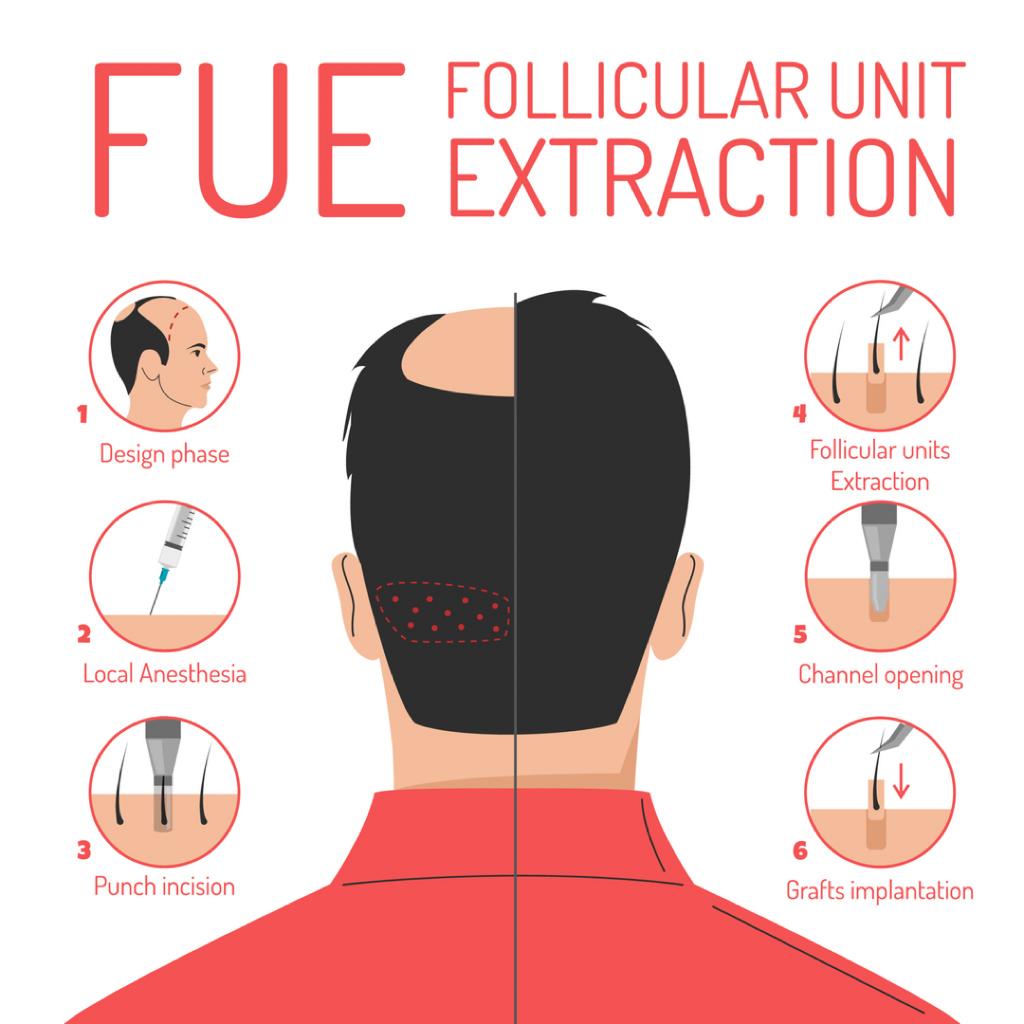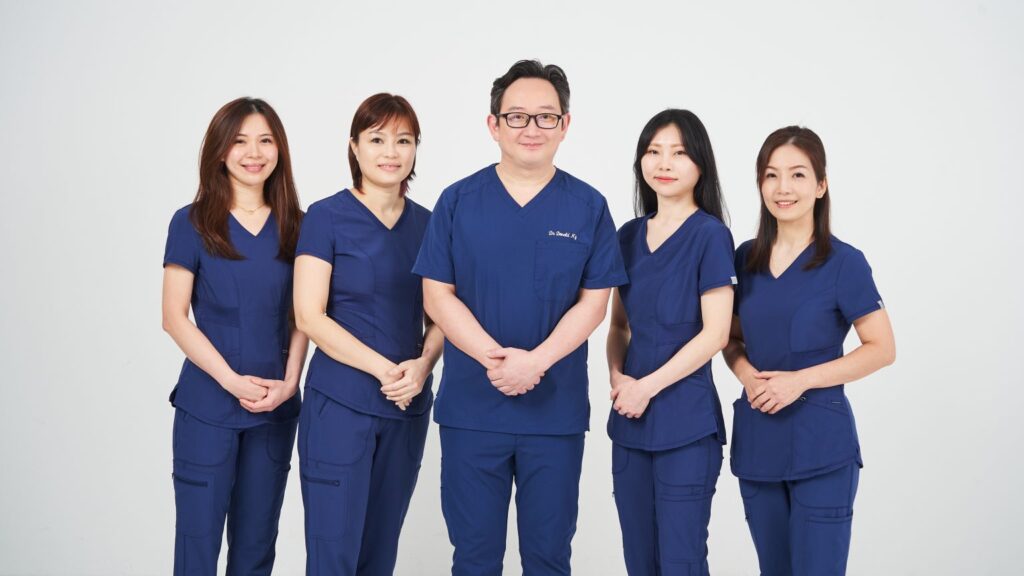Don't Let Hair Loss Define You
Alaxis Medical & Aesthetic Surgery’s Manual FUE can be a permanent solution for hair loss
Speak to our hair loss doctor and get the treatment you need.
Don't Let Hair Loss Define You
Alaxis Medical & Aesthetic Surgery’s Manual FUE can be a permanent solution for hair loss
Speak to our hair loss doctor and get the treatment you need.
You’re not alone. Hair loss is the leading hair
concern for Singaporeans.
– Statista, 2022
How bad is your hair loss?
Before deciding on hair transplant, you’ll need to find out how bad your hair loss is. Here is a simple guide.

Examine
Your Scalp
Thoroughly examine your scalp in a well-lit area. Look for areas where the hair appears thinner or where the scalp is more visible.

Take Note Of
Receding Hairline
Measure the distance between your current hairline and where it used to be.

Assess
The Crown
Move your fingers through the hair at the crown of your head. Notice if there's any thinning or bald patches.

Count
Shed Hair
Over a few days, keep track of the number of hairs you lose. It's normal to shed 50-100 hairs each day. Anything more and you might be experiencing severe hair loss.

Compare With
Old Photos
Comparing past and present images of your hair can help you gauge the extent of your hair loss.

Can’t tell how bad your hair loss is? Don’t fret.
At Alaxis Medical & Aesthetic Surgery, we prioritise proper diagnosis before every treatment. Let us recommend the best treatment for you.
How does a FUE hair transplant work?
FUE is one of the more reliable surgical hair procedures patients turn to when topical and oral medications have failed. With FUE, a patient can see long-lasting results.The hair that’s restored typically looks natural because it mimics the natural growth pattern of hair.
FUE is done by taking individual hair follicles out of your skin, most commonly the back or sides of your scalp (known as the “donor site”) and implanting them to a bald or balding part, most commonly the front or top of your head (known as the “recipient site”). This will make the hair in the new area look thicker.
FUE is done by taking individual hair follicles out of your skin, most commonly the back or sides of your scalp (known as the “donor site”) and implanting them to a bald or balding part, most commonly the front or top of your head (known as the “recipient site”). This will make the hair in the new area look thicker.
Manual FUE–The Alaxis Difference
Manual follicular unit extraction is considered to be one of the best methods of surgical hair restoration. This manual method causes less trauma to the skin. It is also the technique that requires the highest amount of precision, skill, and artistry. Due to the manual dexterity required, many hair restoration physicians use robotic-assisted technologies. Dr Donald Ng, the founder of Alaxis Medical & Aesthetic Surgery, is one of the few hair transplant practitioners who perform this critical step themselves. The punch size during the graft harvesting is directly related to potential scarring. Through manual control, Dr Ng works to keep the punch size and resultant scarring as small as possible.
Manual follicular unit extraction is considered to be one of the best methods of surgical hair restoration. This manual method causes less trauma to the skin. It is also the technique that requires the highest amount of precision, skill, and artistry. Due to the manual dexterity required, many hair restoration physicians use robotic-assisted technologies. Dr Donald Ng, the founder of Alaxis Medical & Aesthetic Surgery, is one of the few hair transplant practitioners who perform this critical step themselves. The punch size during the graft harvesting is directly related to potential scarring. Through manual control, Dr Ng works to keep the punch size and resultant scarring as small as possible.

Graft harvesting should be approached as artistically as the transplanting process
Why Choose Us
Procedure done with care for minimal scarring
Thorough 30-45 minute consultation
Comprehensive aftercare instructions
Doctor with experience in a variety of aesthetic procedures
About Us
Alaxis Medical & Aesthetic Surgery was founded in 2005 by medical director, Dr Donald Ng. Providing effective and evidence-based treatments to help our patients look and feel their best in a safe and natural way, we are a patient-centric practice that embraces a philosophy that every one of our patients is unique and deserves a tailored approach.

About Us
Alaxis Medical & Aesthetic Surgery was founded in 2005 by medical director, Dr Donald Ng. Providing effective and evidence-based treatments to help our patients look and feel their best in a safe and natural way, we are a patient-centric practice that embraces a philosophy that every one of our patients is unique and deserves a tailored approach.
Dr. Donald Ng
MBBS, DipDerm
Dr Donald Ng is a MOH-accredited General Practitioner with special interest in aesthetic medicine. Dr Donald received his Bachelor of Medicine and Surgery at National University of Singapore and completed his Diploma in Dermatology and Masters in Practical Dermatology at University of Cardiff, Wales, United Kingdom.
While working in a skin clinic with a renowned leading Dermatologist, his passion for aesthetic medicine began over 20 years ago. Dr Donald has since spent years developing this passion and is a skilled and experienced physician, having worked and trained with prominent doctors in the aesthetic medical arena for over 20 years. He is considered to be one of the senior local aesthetic practitioners and specialises in achieving a natural rejuvenated look to address hair loss issues, along with facial ageing, skin health and body concerns.
While working in a skin clinic with a renowned leading Dermatologist, his passion for aesthetic medicine began over 20 years ago. Dr Donald has since spent years developing this passion and is a skilled and experienced physician, having worked and trained with prominent doctors in the aesthetic medical arena for over 20 years. He is considered to be one of the senior local aesthetic practitioners and specialises in achieving a natural rejuvenated look to address hair loss issues, along with facial ageing, skin health and body concerns.
Dr Donald’s CV
CV


FAQS
Hair transplants are generally successful procedures. Hair transplantation success is best measured in follicle survival rate, as in how many follicles will take in their new location and start growing hair. When assessing success rates, people should consider that final results may take up to 12 months to show.
At Alaxis Medical, we consistently achieve good results for our clients with a follicle survival rate of over 90% (compared to industry rates that fluctuate between 50-90%). So, over 90% of the follicles implanted into the treatment area continue to grow there for life.
At Alaxis Medical, we consistently achieve good results for our clients with a follicle survival rate of over 90% (compared to industry rates that fluctuate between 50-90%). So, over 90% of the follicles implanted into the treatment area continue to grow there for life.
A hair transplant is performed under local anaesthesia. Typically, patients do not have any pain during the procedure and after receiving the local anaesthesia. They may report little to no discomfort during the procedure. On rare occasions, patients may experience some pinching or mild discomfort during administration of the local anaesthesia.
Each case is different with the cost based on a number of factors including the number of grafts needed and the desired final results, in terms of coverage, the patient is hoping to achieve.
The number of grafts needed in a FUE procedure depends on the size of the area to be covered and the desired density. Thick hair and grafts containing larger numbers of 3’s and 4’s give the illusion of a fuller head of hair. Unfortunately, this is genetically predetermined. We review patient goals and possible options before determining the number of required grafts during the initial consultation.
Shortly after undergoing an FUE hair transplant, the new hair will look more like stubble on the head. The transplanted hairs may grow very gradually for 2 to 3 weeks before they enter the resting (telogen) phase. During this phase the hair shafts of most, or all, of the grafts will fall out. The transplanted hair will grow once again as it enters the anagen phase after 2 to 3 months. Once hairs are in the anagen growth phase, they will grow as they normally would.
Once the transplanted hairs enter the anagen growth phase at 2 to 3 months, the new hair will start as thin and fine hair. Over the course of the next several months, the hair will become longer and thicker. At the 10 to 12 month period, coarse hair will start to become evident with the final results becoming visible about 12 months after FUE. Please note that every individual heals at a different rate and the results vary per patient.
Most patients set aside 2 to 7 days after their procedure to recover. While FUE scars usually heal within 2 to 4 days, it may take up to one week for the donor area to have a healed appearance that is free of scabs. Individual results may vary. Please keep in mind that Alaxis Medical sees patients the first 2 days after the procedure and 1 week after the procedure.
FUE hair transplant is just one hair solution.
Contact us to get a treatment plan tailored to your needs.
We only provide the right solutions for the right conditions.
Speak to our hair loss doctor and get the treatment you need.
No Fields Found.
